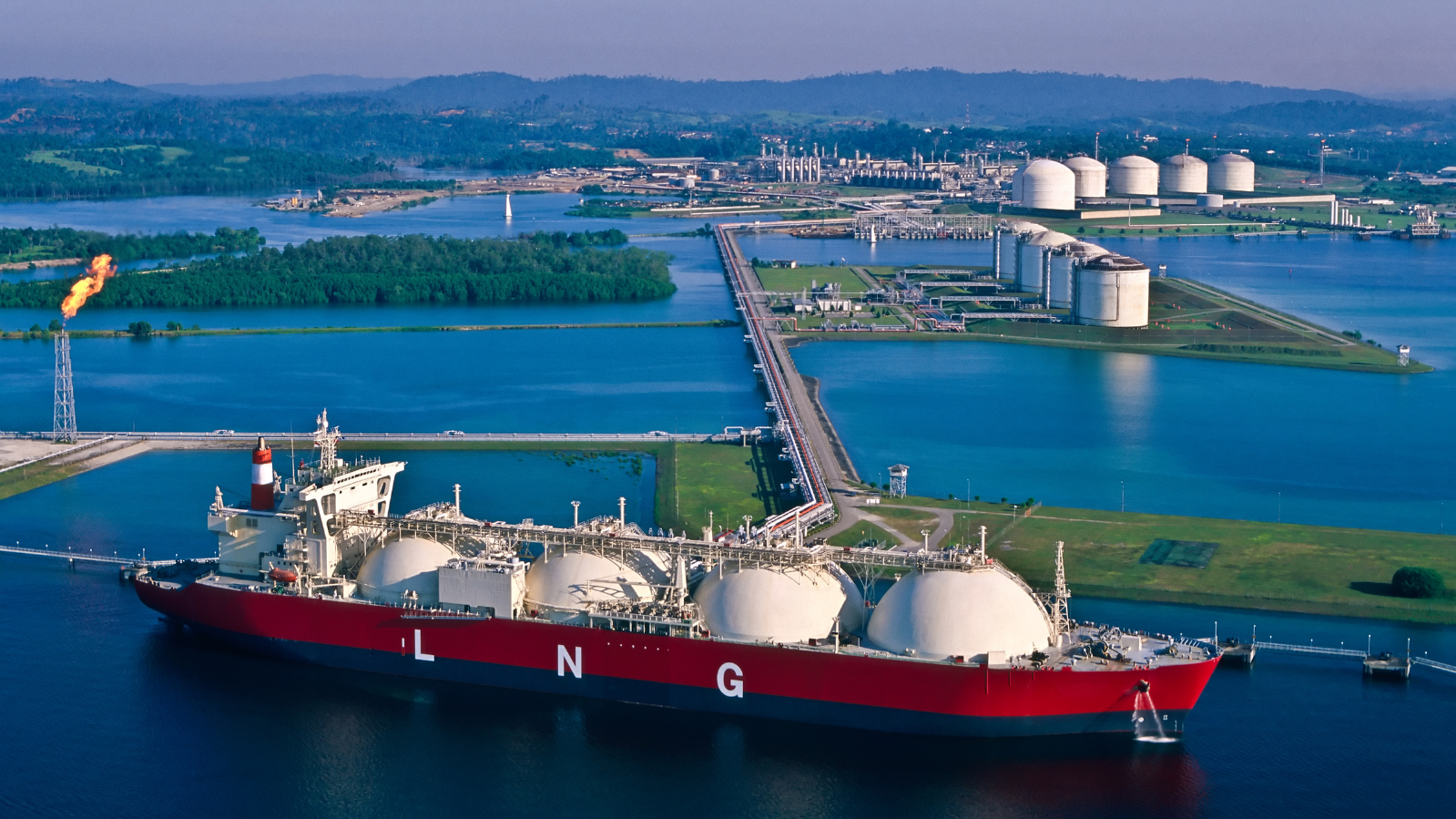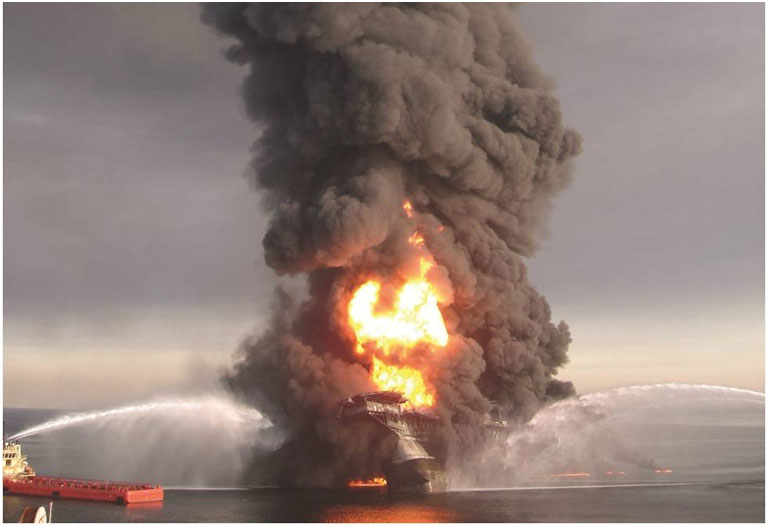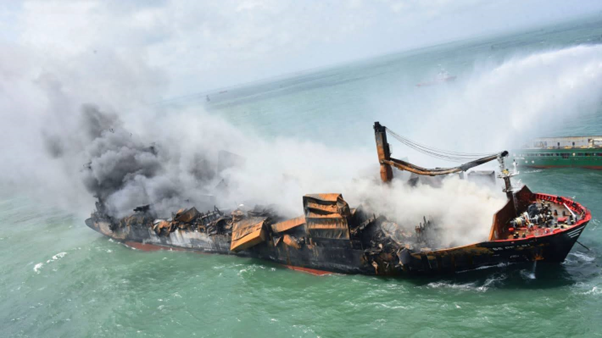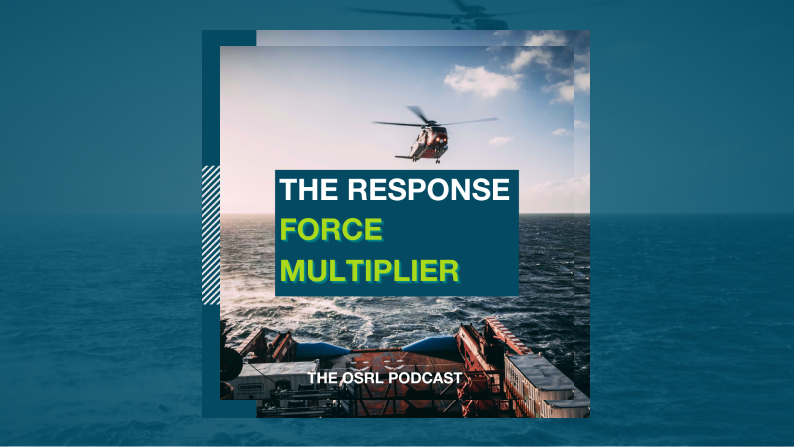Next Generation Fuels – the Future of Emergency Response
It is abundantly clear that reaching net zero emissions by 2050 is a highly complex challenge that needs global effort and unity. Humanity is facing an uphill battle when it comes to preserving our planet. The consequence of failure is plain to see when we watch the news and see frequent unprecedented weather, recognising that a massive change in attitudes, behaviours, and infrastructure is required.
Necessity is the mother of invention, and the metaphoric burning platform is well and truly ablaze. Our diverse energy needs dictate that there is no silver bullet solution to the problem, but there is an abundance of next-generation fuels emerging to fill the hydrocarbon void. One challenge, amongst many, is developing the expertise and capability to produce, transport, and distribute these new fuels safely in bulk. Even when operations run safely, incidents could occur, so our crisis managers and emergency planners need to be prepared to manage and respond to incidents of this nature.
The risk matrix of the future will look significantly different from today; each fuel type has its own set of parameters. Depending upon end use, global opinion is divided on the best fit and long-term solutions. Green credentials, operational performance, or financial implications may dictate selection criteria. So what challenges must alternative fuels overcome to become viable, safe and trusted replacements for oil?
Prevention Is Better Than Cure
Liquified Natural Gas (LNG) is the cleanest burning fossil fuel. Its many uses include commercial heating, electricity generation and manufacturing, while domestic applications include heating and cooking. With significant global reserves and a well-established production, supply and distribution infrastructure, it’s commonly considered a viable transition fuel.
It’s hardly surprising then that global demand is increasing and trade routes are diversifying, which also brings new risks to different parts of the world. For over 50 years, we have safely transported LNG by sea as a cryogenic liquid stored at −162°C. During this time, deep technical expertise has evolved. So too, have rigorous vessel design, construction, and operation standards. According to the International Gas Union (IGU), the global LNG carrier fleet consisted of 641 active vessels and 216 under construction as of the end of April 2022.
The pipeline trade has grown too, albeit at a slower rate. However, the recent suspected sabotage attacks on the Nord Stream pipelines have underlined how vulnerable they are and how gas supply disruption could trigger an energy crisis whilst also causing a potential ecological disaster. With no physical intervention possible to stop the release of pressurised methane (the potent greenhouse gas of which LNG consists almost entirely), climate scientists have described the event as an environmental crime if proven to be an act of sabotage.
Regardless of the source, the primary concern of any release is safety, predominantly the flammable and potentially explosive nature of leaking natural gas. With leaks from vessels, the cold methane initially condenses atmospheric water vapour creating a cloud, giving visual cues to its presence before quickly warming, rising and dispersing in the atmosphere. With limited intervention options, we need improvements in accurately quantifying release volumes, observing and modelling gas plume movement, and monitoring environmental damage to ensure supply security robustly.

Catching The Decarbonisation Cold
Carbon capture is the removal of carbon dioxide at the point of emission or from the atmosphere. The CO2 is compressed and transported for permanent storage in deep underground rock formations. The technology to do this at scale is still developing. However, the potential to remove as much as 20% of total CO2 emissions* from industrial facilities is appealing, although more complex than it first appears. Universal standardisation of what will be a global industry is a challenge in itself, especially considering there has yet to be a single vessel sailing capable of carrying Carbon Capture Utilisation and Storage (CCUS) cargoes. Priority considerations include compatibility of ship-to-shore connections, consistent operating procedures and international standards for ship design and construction. Understanding and expertise are evolving but possibly need to be more quickly to match the drive to cut emissions.
We can draw experience can be drawn from over 50 years of managing LNG risks. Classification societies have long had strict technical standards for the safe construction of LNG tankers. Better understanding is also coming from the numerous carbon capture pilot projects, but these are working on a significantly compressed timeframe compared to that of the LNG journey.
Safety will again be paramount. Leaks from pipelines or ships tank could pose a significant risk of asphyxia to the general public or a ship’s crew. Likewise, leaks from underground storage would require robust mitigation measures to protect the health of people and wildlife. As with LNG, there would be few visual cues.
Emergency planners must consider worst-case scenario preparations regardless of how extreme or unlikely these events may be. In the event of a large-scale release, human life (people), environmental consequences (environment), assets, and the industry's reputation in the eyes of the public (PEAR) may depend upon it.
Biofuels
Biofuels aren’t new. Henry Ford designed his Model T car to be dual fuel running on gasoline or ethanol. The concept of producing liquid fuels from renewable biomass, whether corn, soybean, algae or sugar cane, has obvious appeal. Commonly used for transportation, heating and electricity generation, the two most common biofuels today are ethanol and biodiesel, usually blended with refined petroleum products such as gasoline, diesel and jet fuel.
From an emergency response perspective, they also offer benefits in terms of reduced impacts if spilt, especially in a marine environment. Contact with sensitive receptors in concentrated amounts can still be harmful, but they float, are non-toxic, non-flammable and give the visual cues to determine their movement and fate. Aquatic life may still become coated and the insulating properties of feathers and fur may be affected. However, the treatment is similar to oil contamination and mortality rates are much lower.
There are, however, issues which, for some, offset the considerable benefits and may be more challenging to overcome than simply developing technology or infrastructure. Whilst hunger, starvation and famine remain a global problem, there will be ethical and moral challenges to dedicating vast areas of land to cultivating crops for energy production, some of which will be consumed by developed world nations. At a practical level, these commodity crops will be subject to market prices dictated by supply and demand. The reality is that biofuels could come with a premium price, likely making them unpopular with consumers' pockets and principles.

Conclusion
The need and desire to reduce emissions and slow global warming are undeniable. Massive investment is needed and financial commitments in research and development illustrate the situation's urgency. Undoubtedly some investment is driven by the potential commercial opportunities and benefits of positioning as a leader in new global markets.
The race to net zero, however, must be controlled and measured. If development takes place in isolation, there is a real threat of a lack of international standardisation and harmonisation in critical areas such as design, construction, training, and operational procedures.
The precious experience garnered from over a hundred years of producing, transporting and consuming hydrocarbon-based energy sources will be crucial in safely bringing next-generation fuels into the mainstream. However, we should consider the importance of a well-regulated industry. Most international conventions which inform regulation settings have taken years to come into force and are sadly often the result of major incidents involving loss of life or major environmental damage.
Lessons from the Nord Stream pipeline attacks and the 2012 North Sea Elgin platform gas release tell us that emergency response to future incidents will differ from what we know today. The options and degree of intervention will be limited and careful management of expectations is likely to be needed together with greatly improved atmospheric monitoring abilities to monitor and quantify the effects of any significant release.
Public trust and confidence will be major factors for a successful transition. Until now, the few incidents that have occurred have been in remote locations. If an emergency happens close to built-up areas where the compromise to safety and the impacts on the routine of daily life are severe, this could easily undermine general opinion and limit our ability to bring next-generation fuels into the mainstream.







